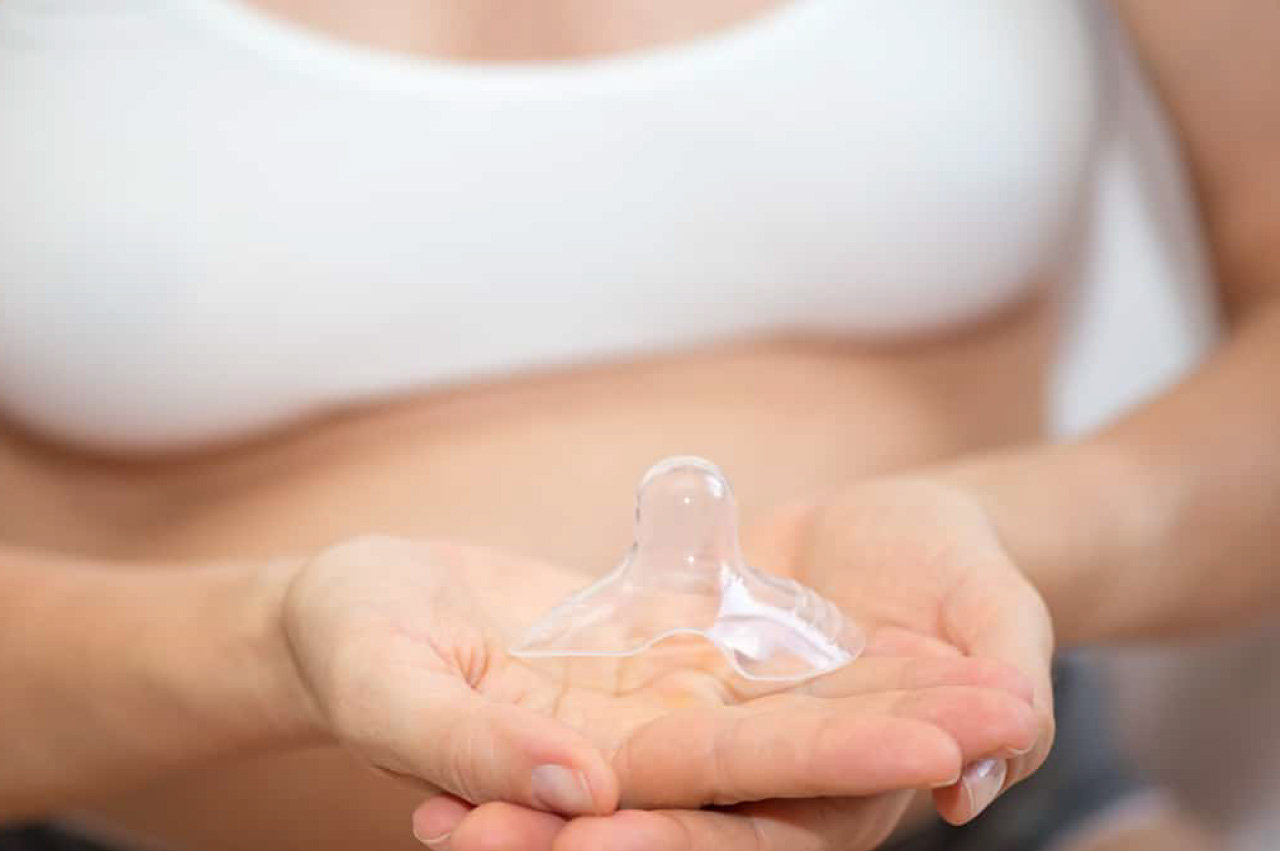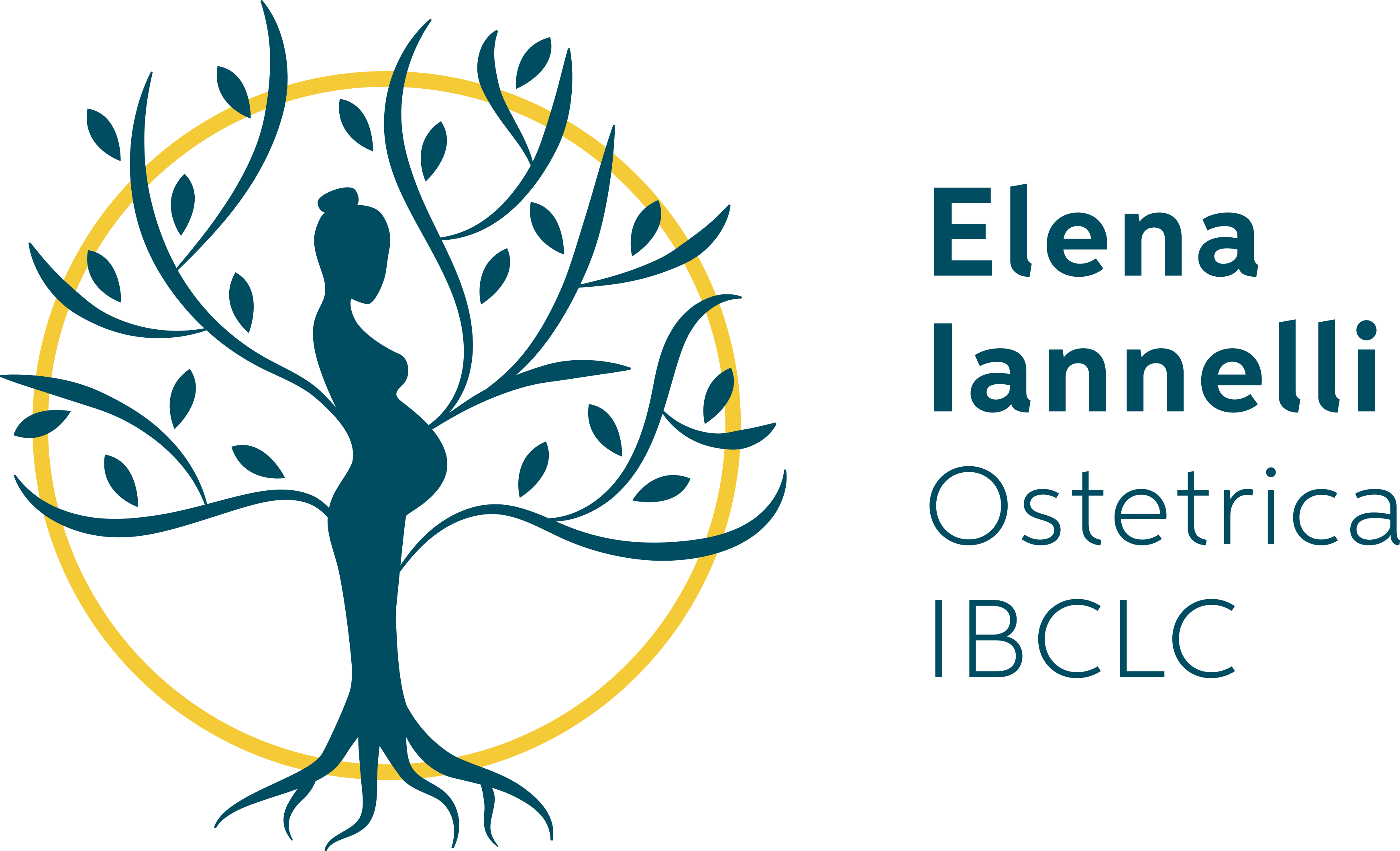The use of nipple shields in breastfeeding: guidance for mothers

Breastfeeding is a special and intimate moment between mother and baby, but it is not always without its difficulties. One of the most common problems is nipple pain, which can make the experience of motherhood difficult and painful. In most cases, discomfort and nipple soreness are due to the baby’s incorrect attachment to the breast, and not to the fact that painful breastfeeding is normal, as mothers are unfortunately often told.
In recent times there has been a massive spread in the use of nipple shields. This is why, as a professional lactation consultant IBCLC, I want to give you some evidence-based information on the usefulness and effectiveness of these devices.
What are nipple shields and how do they work?

Nipple shields are devices, usually made of thin silicone, designed to be placed on the nipples before the baby attaches to the breast. They have holes at the tips that allow milk to pass through and reach the baby’s mouth. The tip can be more or less hard and have different sizes.
Some have a cut-out section around the brim that allows your baby’s nose and/or chin to touch your skin instead of the nipple shield. Those made of hard plastic or rubber are gradually disappearing because they are less hygienic.
These are devices with different sizes depending on the size of the nipple, which varies from woman to woman. For this reason, given the anatomical differences, it is very important to consult an experienced breastfeeding professional before buying them.
When to use nipple shields
Many women are advised to buy them only a few hours after giving birth or even as early as pregnancy, because it is assumed that they are essential for the start of breastfeeding and can solve the most common problems. In reality, this is not the case at all.
Current literature does not support many of the current practices regarding the use of nipple shields: the available evidence does not show that they are safe in the long term for milk production, baby weight gain or duration of breastfeeding. Current recommendations recommend limiting their duration of use whenever possible until further evidence shows their long-term safety.
Nipple shields can be useful:
1) if your nipples are very sore or you have cracks, because they can offer TEMPORARY relief and protection. In these cases, they should only be used after careful evaluation by an IBCLC professional and after having already tried several strategies. Remember, they are never the first thing to try in cases of pain.
2) in the case of flat or inverted nipples, i.e. that do not evert after stimulation, they can help the baby to take the breast correctly.
3) if the baby has a high palate, cleft lip/palate, restrictive tongue movements, particular palate conformations or other oral conditions.
4) for premature, low birth weight babies or those with sucking problems, who may find it easier to feed themselves with the help of nipple shields.
5) if the baby is used to a bottle, it may be useful to consider the aid of these devices in a process of transition to the breast.
Remember that in all these circumstances, nipple shields should be short-term solutions that require the support and guidance of an IBCLC professional. Using nipple shields may seem like the easy way out at first, but using them for an extended period of time, without the guidance of an experienced lactation professional can lead to problems such as pain, low milk production, blocked ducts and mastitis.
How to use nipple shields
Correct positioning of the device is essential. Before applying, turn the nipple shield almost inside out, making it fit snugly against the nipple and smoothing the edges over the breast. If your model has edges with an inner curvature (or two), you should apply it in the position where your baby’s nose will go and, if there are 2, the other at chin level.

Official recommendations on the use of nipple shields
Official recommendations regarding the use of nipple shields are provided by several scientific studies and reviews of the current available literature and by some professional organisations such as the Leche League International. Here are some key points:
1) Consult a lactation consultant. Before you start using nipple shields, it is advisable to seek the advice of a lactation consultant, who can assess the situation and determine whether nipple shields are the best solution for you and your baby.
2) Temporary use. Nipple shields should be used as a temporary solution. The goal is to solve the underlying problems that make their use necessary and to return to direct breastfeeding without aids.
3) Hygiene and maintenance. It is essential to keep nipple shields clean to prevent infection. Wash them with soap and water after each use.
4) Observe milk production. Some mums may notice a decrease in milk production with the use of nipple shields. If this happens, it is important to consult a lactation consultant to find alternative solutions.
5) Do not replace the support. Nipple shields should not replace ongoing support and breastfeeding education. Continuing to seek support and information on how to improve breastfeeding without aids is essential.
Practical tips for using nipple shields
- Choosing a nipple shield: make sure you choose the right size for your nipples. One that is too big or too small may not be effective and/or may be even more damaging.
- Correct positioning: position the nipple shield so that it is snug but not too tight, so that it is comfortable for both you and the baby.
- Patience and time: Some babies, especially small ones, may take time to get used to the nipple shields.
Consult a professional for safe breastfeeding
Nipple shields can be a valuable aid for many mothers facing difficulties during breastfeeding, but it is important to use them correctly and under the guidance of a specialist. Consulting a lactation consultant, maintaining good hygiene and carefully observing milk production are crucial steps for a positive and healthy breastfeeding experience. Remember, the goal is always to encourage direct and natural contact between mother and baby, for a comfortable and mutually satisfying breastfeeding experience.
If you want to find out more about pain during breastfeeding click here: https://www.elenaiannelli.it/en/is-it-normal-to-be-in-pain-while-breastfeeding/

